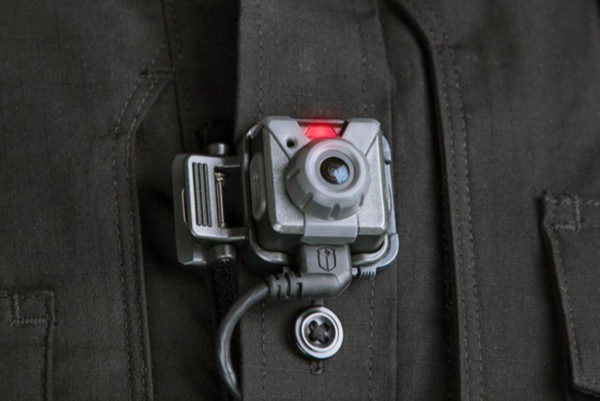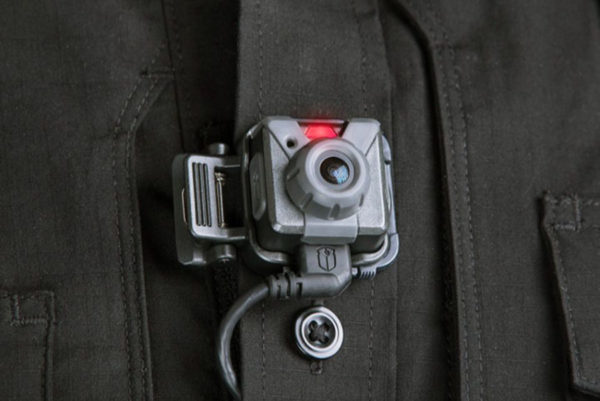Body cameras gaining popularity despite challenges

The use of body cameras in law enforcement are gaining in popularity despite lingering questions and concerns.
While nearly all state law enforcement agencies use dash cameras, roughly 60 of the state’s 500 departments have body cameras.
In Kenosha County, the Kenosha Police Department and Kenosha County Sheriff’s Department have yet to equip their officers and deputies with cameras, while the Pleasant Prairie Police Department has been using them for years.
Locally, budget and public access questions persist.
The primary reason is cost, specifically the expense associated with storing months of data. Another concern is privacy as officers frequently enter homes and residential units under extremely private and sensitive circumstances.
Gov. Evers signs bill
Questions about whether that footage would be obtainable through Wisconsin’s Open Records laws seemed to be directly addressed on Friday.
Gov. Tony Evers signed a bill guaranteeing public access to most police body camera footage. Departments would have to retain all footage for at least 120 days. Footage of deaths, injuries, arrests, searches and the use of force would have to be retained until the investigation or case is resolved.
Concerns remain as to who would be responsible for reviewing and redacting hours of video.
“It’s not simply blacking out a name,” Pleasant Prairie Police Chief David Smetana said. “You’re actually going through a video and that’s time consuming. With our limited ability to recoup those costs, that’s another issue for law enforcement.”
City moves toward cameras
In 2017, former city alderman Kevin Mathewson passed a resolution for all Kenosha Police officers to wear body cameras. The resolution was co-sponsored by Ald. Rocco LaMacchia and Ald. Mitchell Pedersen and supported by Mayor John Antaramian, Kenosha Police Chief Dan Miskinis and Kenosha County District Attorney Michael Graveley.
City officials recently budgeted $200,000 for body cameras in the 2022 Capital Improvement Plan.
LaMacchia, chairman of the city’s Public Safety and Welfare Committee, said he supports body cameras. He also believes most city leaders are in favor of them, as well.
“I’ve gone over this with (Miskinis),” said LaMacchia, chairman of the city’s Public Safety and Welfare Committee. “He’s all for (body cameras), just not right now. I’m for (body cameras), but I understand the budget crunch. Times are tough with the state not giving us as much (funding) as it used to. When we decide to do this, we want to make sure we do it right.”
Pleasant Prairie uses body cameras
With years of experience in investigation and internal affairs, Smetana understands the importance of video documentation in law enforcement.
Seven years ago, Smetana was instrumental in having dash cameras installed in all Pleasant Prairie Police squad cars.
“When I first got here (in 2013), we didn’t have them,” said Smetana, a former Racine Police Department veteran officer. “I knew they were a real advantage when dealing with complaints against officers or as a training tool to give administration first-hand knowledge of what happened on the scene and why it may have unfolded the way it did.”
As video became a crucial element in crime solving and transparency, the Pleasant Prairie Police Officer Appreciation Association Inc. raised over $30,000 to have all 31 Pleasant Prairie Police officers equipped with body camera units.
Entering its third year with body cameras, Pleasant Prairie Police can’t imagine operating a single day without them, according to Smetana.
“They’ve been nothing but positive for us,” Smetana said. “In Racine, I worked in internal affairs and served as deputy chief of the patrol division. I know that 99 percent of the time, our officers are doing the right things for the right reasons. It’s great to be able to show that to the public.”












Recent Comments